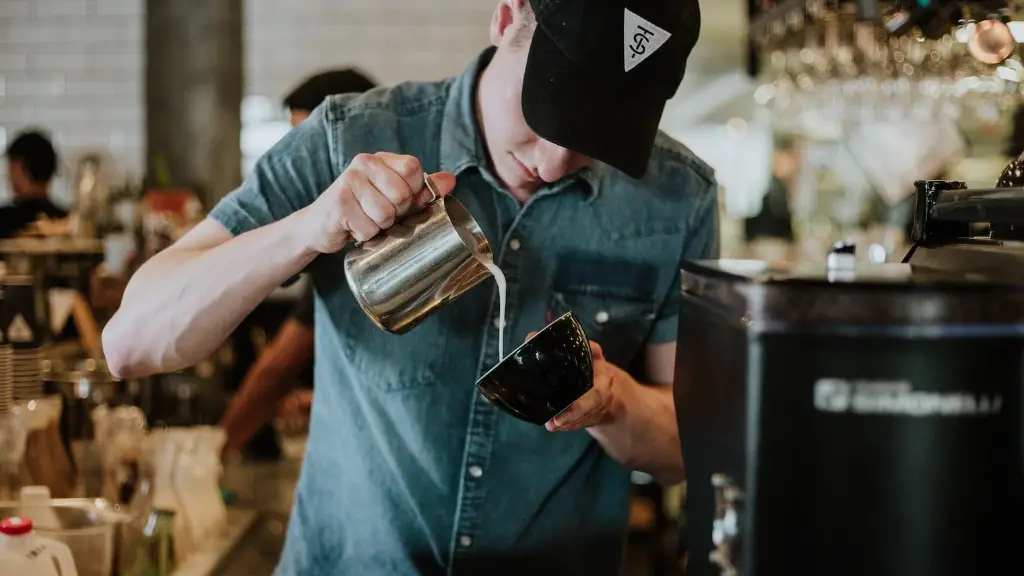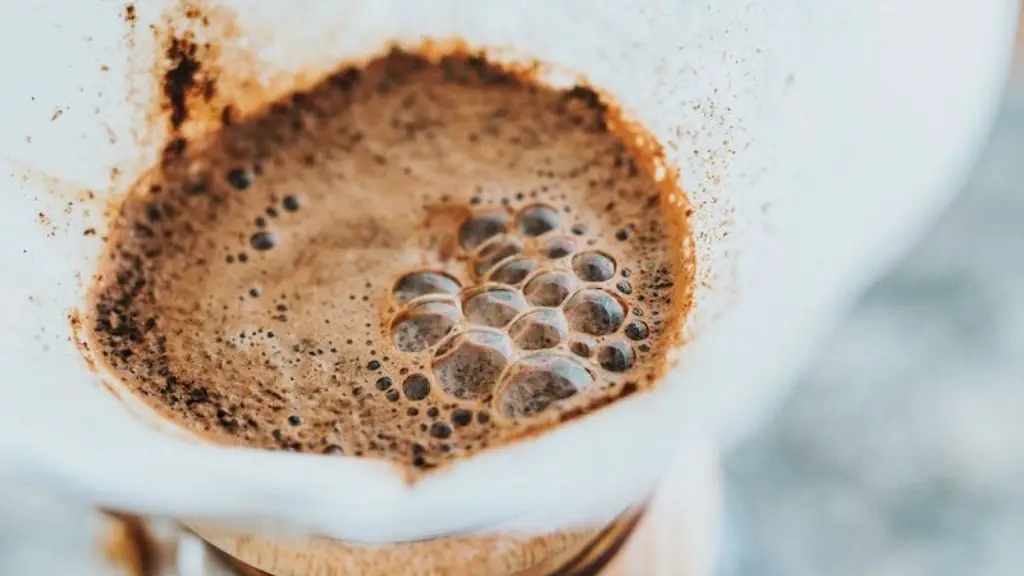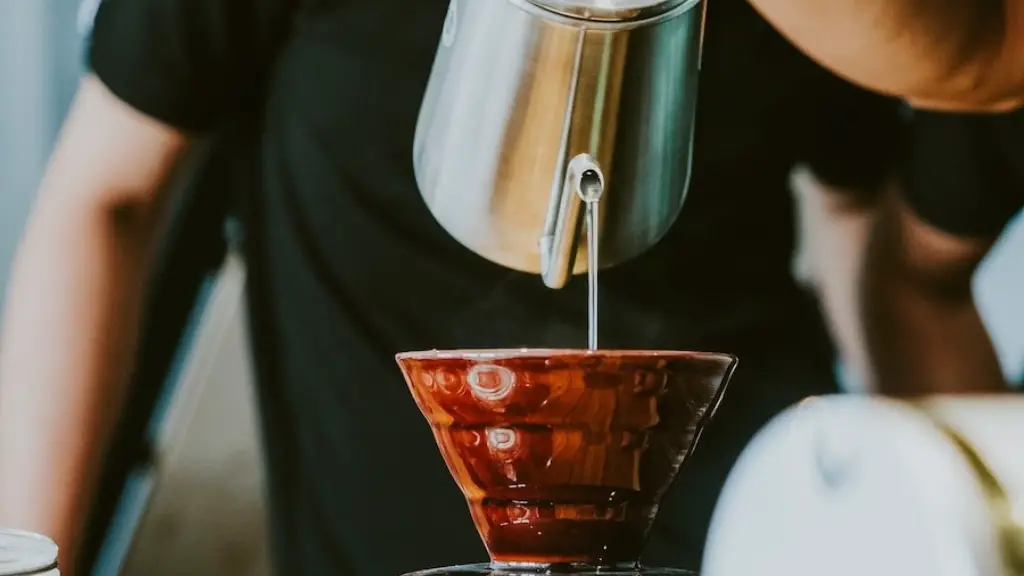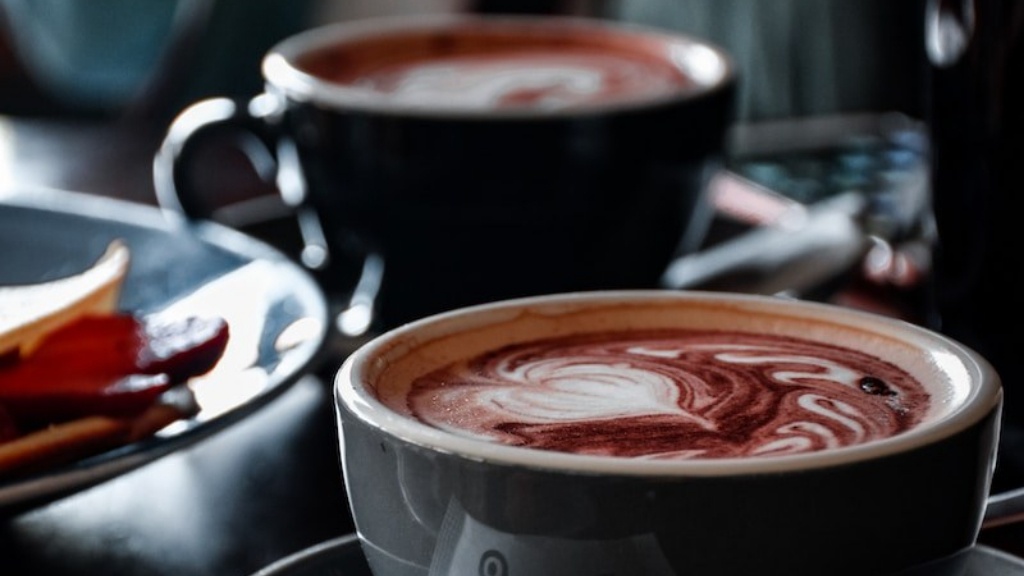Background Information
Starbucks Coffee is a hugely popular worldwide coffee chain that began in Seattle in 1971. On March 20th 2015, Starbucks announced plans to increase its prices focusing heavily on drink sizes and added ingredients. Reports of price increases began to emerge on the 5th of April and was implemented in many stores from 7th of April.
Cost of Coffee
Before the change in prices, a tall 12 oz. cup of coffee was only set at $1.95. After the price change, this same cup of coffee was increased to $2.10. This marked an 8 percent increase in cost. In addition, the extra shot of espresso increased from 40 cents to 50 cents and the venti 20 oz. cup was increased by 10 cents. While the short cup of coffee remained the same cost, 8 oz., price hikes were seen in all other sizes.
Prices Affected
Overall, prices attributed to Starbucks’ signature drinks saw the most significant increases – ranging around 8% to 10%. All of the other menu items such as pastries were unaffected by the hikes. The menu items that carried these increases, however, were only inclusive of the popular drinks with added syrups and essences. The popular Frappuccino blended beverages, for instance, jumped from 4.25 to 4.45
Possible Causes
An explanation provided by the company noted that the price increases are due to the company’s attempts to offer greater value to its customers. The company justifies that the higher prices will allow them to invest in higher quality ingredients and better product development.
Customer Backlash
Despite the explanation from the company, customer backlash has been immense. Many customers felt taken advantage of due to the sudden increase. Many customers also felt that even with the increase, the coffee’s quality doesn’t make the prices worth the investment.
Systematic Hikes?
Although Starbucks insists that this was done to offer great value to customers and to improve customer experience, many customers believe that this is possibly a part of a cycle that the company carries out periodically. Reports of similarly large hikes in past years also back these claims.
Financial Growth
Despite customer backlash, Starbucks stock has seen a rise post the price hike. Since the hike was made in April, Starbucks stock gained 4.8 percent by the end of April. This hike allowed the company to take home an estimated $90 million in April’s profits alone.
Impact on Industry
Price hikes by Starbucks are seen as a rather bold move since many customers usually use competition as a source of reference when it comes to pricing. Competitors, such as Dunkin’ Donuts and McDonald’s coffee offerings, still remain on the lower price range when compared to Starbucks drinks. But, this could potentially give its competitors an edge, as customers become more aware of the hikes. In addition, the price increase could result in rising consumer prices in the coffee industry, as other companies may need to up their prices to remain competitive.
Transparency
Due to consumer backlash, potential solutions have also been put forward to assist customers in understanding the purpose for value-based prices. Starbucks could utilize its customers in a better way to ensure that the customers are aware of what they are paying for and why. Starbucks could also use its customers in marketing, or even reward programs, as a way of compensating them for the price hikes.
Alternate Coffee Houses
The price increase has led to an influx in customers at independent coffee shops, especially those which carry a small batch label. They usually offer single-origin coffee which is both addictively great and more affordable compared to Starbucks. This has allowed customers to enjoy great coffee while not directly supporting price hikes.
Effect on Coffee Trade
The Starbucks pricing change also affects coffee farmers who sell to the company. Coffee farmers usually rely on fixed contracts with companies such as Starbucks, to get ahead of the competition, but this could mean that farmers could now potentially have to renegotiate their farm-gate prices in fear of these companies.
Potential Long Term Consumer Patterns
The price increase may affect the relationship between loyalty and price, as customers eventually realize that their loyalty doesn’t necessarily determine the price. With higher prices, customers may begin to look for alternatives and switch to lower price options or opt foralternative spending methods.
Global Impact
The price increase was implemented globally across all stores, with Starbucks also noting that this was part of their efforts to expand and improve their offerings, regardless of location. Studies have shown that different regions may react differently to the increases, but this is yet to be seen.
Effects on Beverage Industry
The beverage industry is often seen as the last industry to succumb to price hikes due to the competitive nature of the market. But with Starbucks’ decision, it opens the door for other companies to follow in their footsteps. For example Coca-Cola and Pepsi have been increasing their prices for a few years now and others, such as Red Bull and Monster, have also started to increase prices due to rising costs.
Existing Strategies
To combat the backlash, Starbucks has attempted to keep loyal customers by offering free drinks, incentives and other random treats to their loyal customers. Other strategies include introducing different sizes and allowing customers to customize their orders as a way to add value.
Future Predictions
Experts predict that Starbucks could potentially face a decrease in sales in the short-term due to the dissatisfaction of loyal customers. In the long run, however, the price hike could lead to an increase in profit margins and profit as customers who are unfamiliar with the product come in for a try.
Alternatives for Customers
For those who have been unhappy with the price hikes, brewing their own coffee has been suggested as a great alternative. Brewing coffee at home can be as cheap as $10 for a pound of coffee which can produce around 45 cups of coffee for just under 25 cents per cup.
Price Change Pros and Cons
Whilst it has allowed Starbucks to add variety to their offerings and invest in better quality ingredients, it has also resulted in customer backlash. In addition, it also allowed them to rake in a significant amount of profits. Whether or not it’s a sustainable move is yet to be seen, as the company could possibly face further backlash in the months to come.




